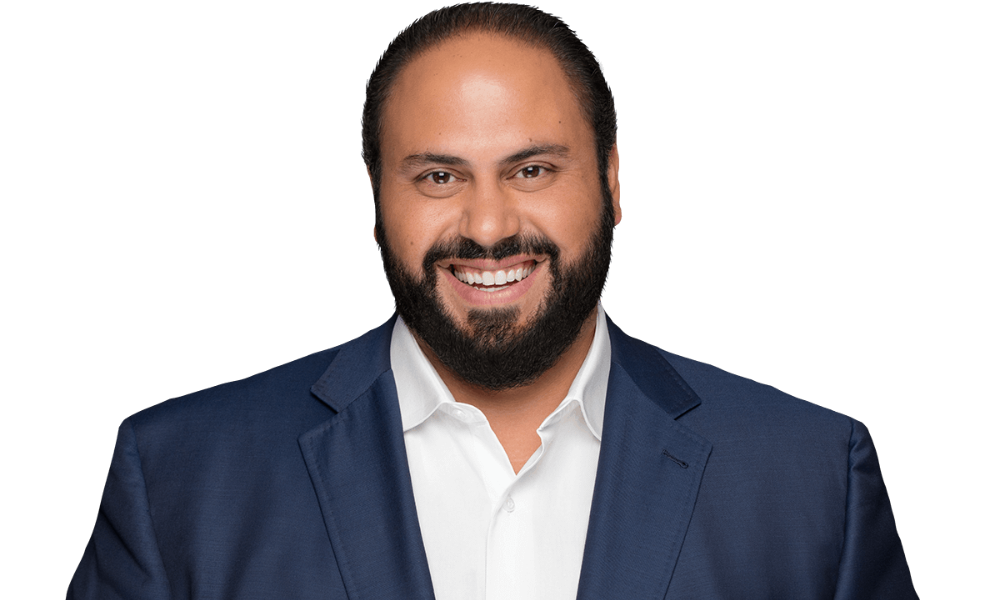It was a heady time to start working in the industry, just as the subprime mortgage meltdown began to crumble – threatening the entire American economy in the process. “That’s kind of when I got in, around the ’07, ’08 timeline. Which was great, because I never wrote a subprime loan in my life,” he added.
Read more: Tatted up and outgoing, broker knew he was no CPA
By the start of 2020, he sought bigger fish in New York City – the fabled municipality that never sleeps. He recalled securing his license in February of that year, a milestone he remembers as it came close to the birth of his first child, a son, the previous month.
“The mortgage climate and dynamic in New York is very unique relative to the rest of the country,” he said. “The transactions are more complicated here, there’s more parties involved. Like on a purchase, there’s a buyers’ attorney, seller’s attorney, bank attorney. It’s a different game here, a different type of demographic of borrowers, with a much, much more challenging regulatory environment because you’re in the financial capital of the world – which a lot of people view as a barrier to entry but I dig. I like how the New York State Department of Financial Services handles the mortgage business and who they give licenses to.”
Now 17 years in, Tehrany described how he entered the wholesale part of the game from retail – and being an early part of a trend of some 100 brokers a day now doing the same thing. According to the Association of Independent Mortgage Experts (AIME), 8,353 loan officers left retail to join the independent mortgage broker community. In the first nine months of this year, more than 7,000 loan officers converted from retail to wholesale lending, AIME reports. And as of September, the wholesale channel gained nearly 18,000 loan officers year-to-date – “a rate of growth in the wholesale channel we’ve never seen before,” one top AIME executive told MPA.

